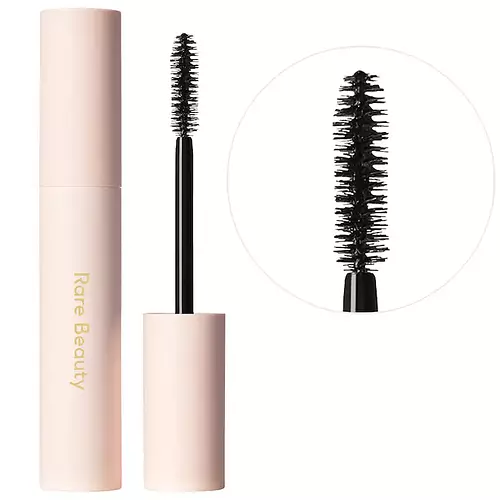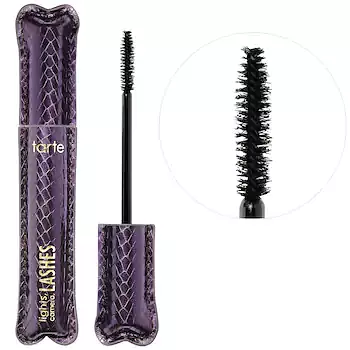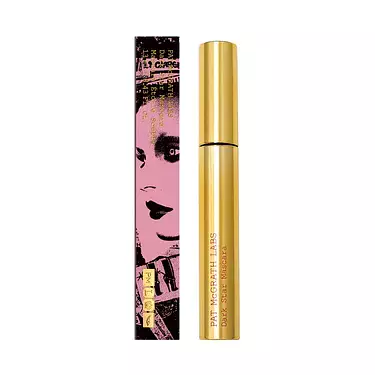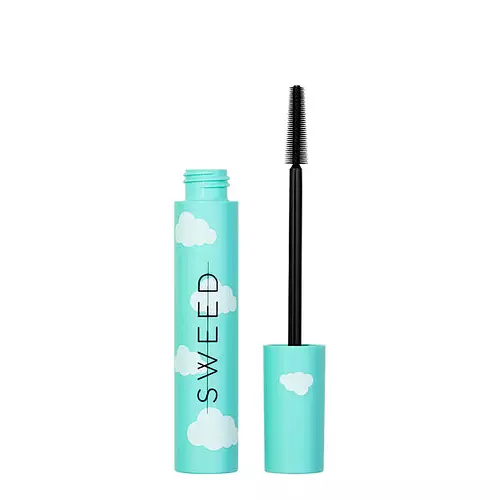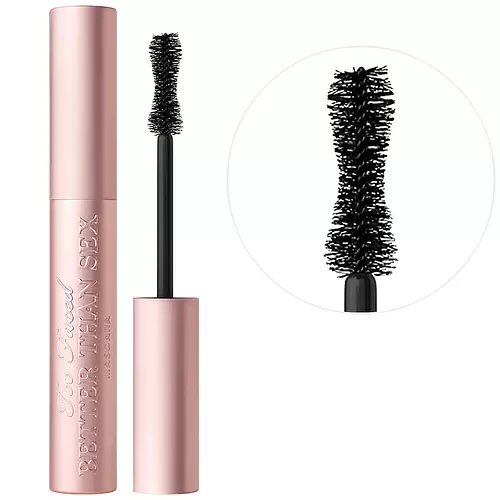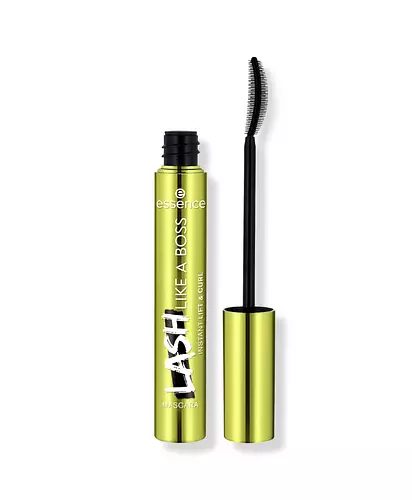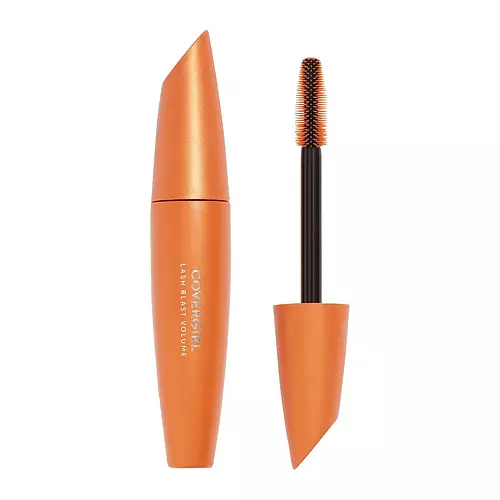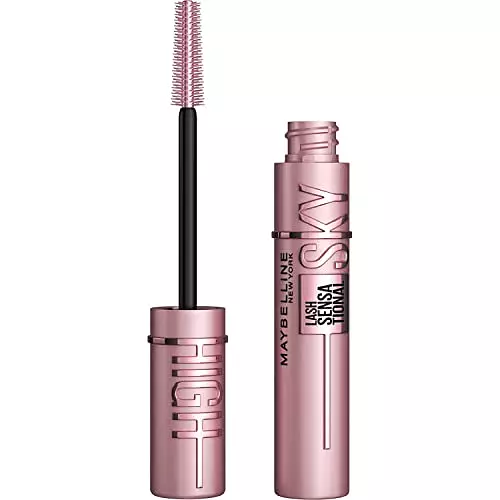Updated on October 15, 2023
Overview
What they are
These products are both vegan, cruelty-free, and reef safe mascaras. They have a total of 7 ingredients in common
Suited For
They're both likely to be good for brightening skin
Free From
They both do not contain any common allergens, parabens or sulfates
What's Inside
They both contain oils
We independently verify ingredients, and our claims are backed by peer-reviewed research. Spot a product that needs an update? Let us know.
Ingredient Info
Rare Beauty Perfect Strokes Universal Volumizing Mascara 29 ingredients
Tarte Lights, Camera, Lashes 4-in-1 Mascara 19 ingredients
At a glance
Click on any of the items below to learn more
Rare Beauty Perfect Strokes Universal Volumizing Mascara 29 ingredients
Tarte Lights, Camera, Lashes 4-in-1 Mascara 19 ingredients
Notable Ingredients
This product contains 1 ingredient that may have this attribute:
This product contains 1 ingredient that may have this attribute:
Benefits
This product contains 1 ingredient that may have this attribute:
Concerns
This product contains 3 ingredients that may have this attribute:
Notable Ingredients
This product contains 1 ingredient that may have this attribute:
Benefits
This product contains 1 ingredient that may have this attribute:
This product contains 1 ingredient that may have this attribute:
This product contains 1 ingredient that may have this attribute:
This product contains 1 ingredient that may have this attribute:
This product contains 1 ingredient that may have this attribute:
This product contains 1 ingredient that may have this attribute:
This product contains 1 ingredient that may have this attribute:
Concerns
This product contains 1 ingredient that may have this attribute:
This product contains 3 ingredients that may have this attribute:
This product contains 1 ingredient that may have this attribute:
This product contains 1 ingredient that may have this attribute:
This product contains 1 ingredient that may have this attribute:
Ingredients Side-by-side
Ingredients Explained
These ingredients are found in both products.
Ingredients higher up in an ingredient list are typically present in a larger amount.
Water. It's the most common cosmetic ingredient of all. You'll usually see it at the top of ingredient lists, meaning that it makes up the largest part of the product.
So why is it so popular? Water most often acts as a solvent - this means that it helps dissolve other ingredients into the formulation.
You'll also recognize water as that liquid we all need to stay alive. Talk about multi-purpose! If you see this, drink a glass of water. Stay hydrated!
Learn more about WaterCopernicia Cerifera Wax comes from a palm tree native to Brazil. This wax is added to help give a thicker texture. It also helps create a film when applied.
Copernicia Cerifera Wax contains aliphatic esters, diesters of cinnamic acid, myricyl cerotate, and small quantities of cerotic acid and myricyl alcohol.
Copernicia Cerifera Wax has the highest melting point of all natural waxes and low solubility.
Copernicia Cerifera Wax has commonly been used in Brazilian Folk medicine.
Learn more about Copernicia Cerifera WaxHydrogenated Olive Oil Stearyl Esters is an oil.
Stearic Acid is a fatty acid. It is an emollient, emulsifier, and texture enhancer.
As an emollient, stearic acid helps soften skin. It aids the skin's protective barrier by preventing water loss. It also provides a gentle cleansing effect without stripping away natural oils.
Stearic acid may also be used to enhance the texture of products. It can add volume and stabilize ingredients such as water and oil. This can help water and oil ingredients from separating.
Sources of stearic acid include animal or vegetable fats/oils such as coconut or shea. It can be naturally found in butter, cocoa butter, shea butter, vegetable fats, and animal tallow.
This ingredient may not be Malassezia folliculitis, or fungal-acne safe.
Learn more about Stearic AcidPalmitic Acid is a fatty acid found in our skin. In cosmetics, it is usually derived from palm oil. It is a cleanser, emollient, and emulsifier.
As an emollient, it helps hydrate the skin. The emulsifying properties keep ingredients together in a product.
Palmitic Acid may not be fungal-acne safe. It can worsen oily skin and cause breakouts due to its emollient nature.
Learn more about Palmitic AcidPhenoxyethanol is a preservative that has germicide, antimicrobial, and aromatic properties. Studies show that phenoxyethanol can prevent germ and microbial growth. By itself, it has a scent that is similar to that of a rose.
It's often used in formulations along with Caprylyl Glycol to preserve the shelf life of products.
Ci 77499 is also hydrated iron III oxide. It is created from mixing red and black iron oxides. This helps give shades of darkness to a product.
Iron III oxides are classified as inorganic chemicals for coloring.
Ingredient Ratings
Here's what our community thinks of the ingredients in these two products.
When to use
Rare Beauty Perfect Strokes Universal Volumizing Mascara 29 ingredients
Tarte Lights, Camera, Lashes 4-in-1 Mascara 19 ingredients
Reviews
Here's what our community thinks
Rare Beauty Perfect Strokes Universal Volumizing Mascara 29 ingredients
Melissa1234
Best mascara I've ever used! Doesn't clump, doesn't run even though it's not waterproof, and stays on forever.
